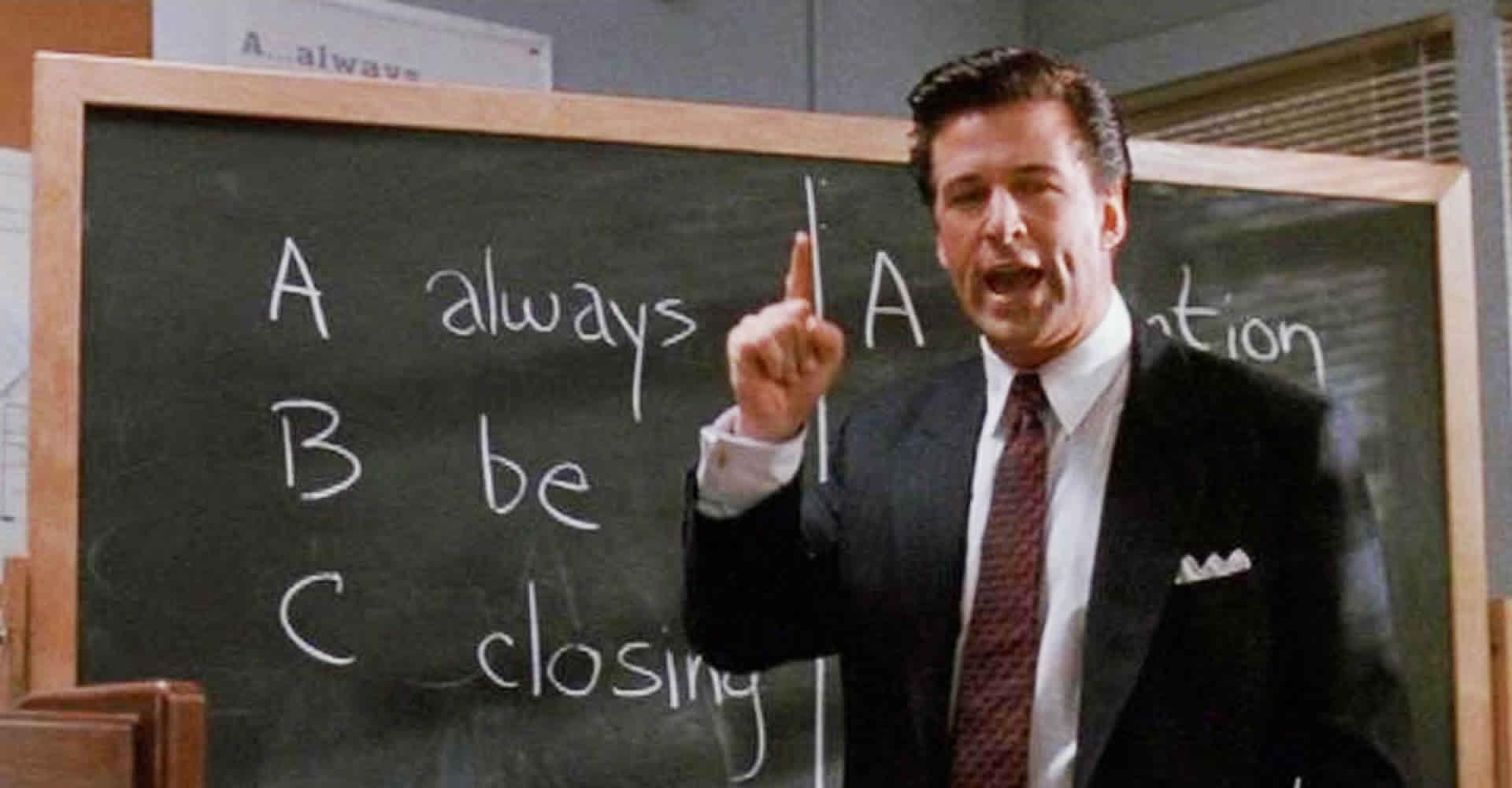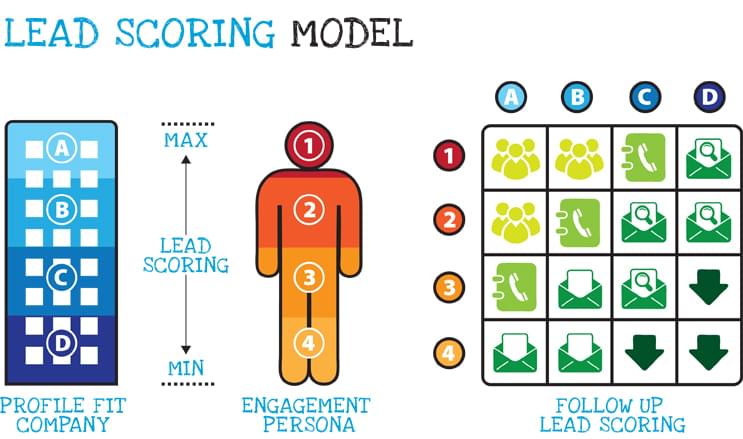The sales funnel is often presented as a chart that indicates a company's current leads, prospects and opportunities. The sales funnel is divided into several distinct stages. While the number and name of each stage might vary by company and sales process, each funnel ideally begins with a very large pool of potential customers and ends with a substantial number of closed sales.
The sales funnel earns its name from the natural manner by which the initial pool of leads is filtered down by process that identifies the most promising potential customers - they're the ones towards whom marketing and sales will direct most of their resources. The qualification procedures determining which customers are most interested or best fit buyer criteria can help identify your sales team's best chances for a closed deal from a pool of leads that might be otherwise too numerous to address. Therefore, the procedures underlying the sales funnel can improve the efficiency of your sales process and also your sales and marketing ROI.
It's almost a trope that marketing and sales departments have ingrained, mutual dissatisfaction. Marketing attempts to build brand awareness, create value among prospects, and expand the initial, top-of-the-funnel pool of leads. Sales, on the other hand, doesn't want to waste time with unqualified leads. Coordination between the departments for the vetting process for leads can reduce frustration between the teams and ensure marketing's efforts produce the best leads sales can handle.
Understanding the six basic stages of the sales funnel can help you build an effective lead qualification process, determine the optimal hand-off point from marketing to sales, reduce friction between teams and improve overall ROI. For businesses nearing the point where a large number of leads are going unaddressed, this might make the difference between closing more deals and accepting a limit to your company's performance.
1. Lead
A lead is someone for whom contact information is available to your company. In terms of digital marketing, a lead may be someone who simply visited your website. Lead generation efforts, particularly inbound marketing, which involves producing interesting, shareable content relevant to potential customers, can result in a high quantity of website traffic. Many of these visitors can be induced to yield their contact details in exchange for a gated asset, like an ebook, a video, a white paper, and so on.
Once they’ve submitted their contact details, the lead can transition from an unqualified lead - identifiable only through IP address - to a qualified one. In these terms, anyone can become a lead, and the exit criteria of qualification is simple. However, as many online visitors are reluctant to divulge their contact details, there can be significant drop off or ‘leakage’ from this top-of-the-funnel stage.
2. Qualified Lead
A lead becomes qualified after they have willingly identified themselves to the company. At this point, their website activity can be tracked, and having likely provided their email address, they can be recipients of email marketing outreach. Their activity relating to your emails can also be tracked. In this way, you can determine which website pages they visit, which links they click, what other assets they download, whether they look at your pricing page and how long they linger. Regarding your emails, you can see which ones they open, how long they opened it after receipt, and which links or attachments they open. (Meanwhile, the customer experience on your website can be curated with custom landing pages with content tailored to specific links - this is a form of lead nurturing).
Tracking visitors’ website and email activity allows for more precise lead qualification as well as more accurate website metrics, like traffic sources by segment or top pages for conversions, and email metrics, like open-rates and click-through rates. Certain online actions or traits can be weighted for lead scoring purposes - the number of visits to a pricing page, the number of emails opened or the types of links clicked, even the type of email address - therefore, the more comprehensive your knowledge of the lead, the more accurate their lead score and the likelier a higher-scoring lead will progress to the sales team. Evidently, the exit criteria for leads - to become a Marketing Qualified Lead - is to attain a score reaching the threshold for transferral to sales team.
3. Marketing Qualified Lead
A Marketing Qualified Lead (MQL) is a lead that has ranked highly in the marketing and sales teams’ jointly-developed lead scoring model. This model, which is regularly reviewed and updated, assigns scores to lead traits and behavior which indicates the lead’s buying potential. Leads are qualified on explicit criteria, such as job title, company, number of employees, and location, implicit criteria like visited pages or downloaded assets, timeline and negative criteria, which is anything that has a negative correlation with a closed deal. The sum of the lead score elements should indicate whether the qualified lead is ready for contact from a salesperson or requires further lead nurturing; this threshold is also determined through cooperation between the two departments.
Qualified leads fall generally within a four quadrant matrix measured by fitness and interest. A ‘fit’ lead possesses explicit criteria similar to your hypothetical ideal customer. An interested lead demonstrates behavior along the same lines. Charted against two axes, with fitness and interest assigned to either axis, an MQL will fall in the upper right quadrant. The exit criteria for an MQL to become a Sales Accepted Lead is, of course, acceptance by the sales department. Much of the process described to this point can be automated by workflows with marketing automation software.
4. Sales Accepted Lead
There is overlap between an MQL and a Sales Accepted Lead (SAL), as there is often disagreement over the quality of leads transferred from marketing to sales. The lead scoring model corresponds with past buyer behavior - salespeople can recognize buyer attributes that may be hard to quantify. Sales-specified criteria adds a filter to the MQLs that prioritizes leads according to your sales team’s instincts.
Facing more qualified leads than your sales team can handle is a good problem to have. The SAL stage becomes especially relevant when dealing with an excess of MQLs, when a sales agent’s time on lesser-qualified leads comes at the expense of an easier or higher-performing sale. The SAL stage may apply a filter based on BANT criteria (Budget, Authority, Needs, Timeline) or more intangible factors like goals and priorities. An SAL is considered highly suitable for follow-up contact and moves farther along the funnel.
5. Sales Qualified Lead/Opportunity
A Sales Qualified Lead (SQL) has gone through several rounds of internal vetting and is ready for a contact by a salesperson. This contact will likely occur over the medium your salesperson feels is best. Traditionally, at this stage, the salesperson will manage a product demonstration and preliminary pricing. Today, this largely depends on the industry and the product. For certain services, like most kinds of software-as-a-service and most vendors therein, product demos are available as a gated asset. This means the potential customer can try out the product and determine their own interest before they ever reach the MQL stage.
However, in many cases still, the SQL stage is when a salesperson guides a demo, allays a customer’s potential concerns, clearly articulates the product’s benefits, the onboarding process (if applicable) and post-purchase support, preliminary pricing and any other factors related to the deal (NDA as well, if applicable).
When you hear the phrase ‘sales pipeline’, it typically relates to the qualification and sales process in the SAL/SQL stages. Of course, if the sales process goes well, it results in a closed deal - at which point the lead proceeds to the last stage of the funnel.
6. Customer
Congratulations! You closed the deal. But the job’s not done. Built into your sales process should also be the delivery and follow-up - ensuring that once the proverbial ink on the contract is dry, the customer is still happy. Salespeople know that effective follow-up can result in new connections and new leads, either within the customer’s company or outside it, if not immediately then possibly in the future. In addition, the customer should be reminded of what support options are available for the product or service they purchased. This stage is the last in the marketing and sales funnel, and in your sales automation software, the deal would be closed as 'won.' Good job!
The marketing and sales funnel provides structure to the sales process - not to mention, when visualized, offers a snapshot of existing prospects, leads and opportunities. Clearly defined sales funnel stages with entrance and exit criteria ensure due diligence in promotion of the best qualified leads and contributes data that allows you to study and refine the process further, with metrics such as visitor-to-lead rate, percentage of sales accepted leads, opportunity to customer conversion rate. Routinely analyzing the procedures underlying your sales funnel in response to bottlenecks, leaks or changing conditions allow you to improve upon ingrained practices, precisely direct your marketing and sales resources and increase your overall ROI.
For user reviews and comparisons of sales and marketing software, make sure to check out our Sales CRM Comparison Guide and our Marketing Software Comparison Guide.
Originally posted on GetVoIP here.


